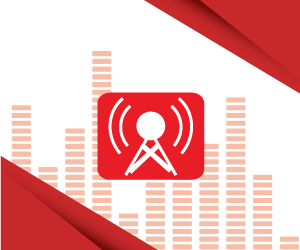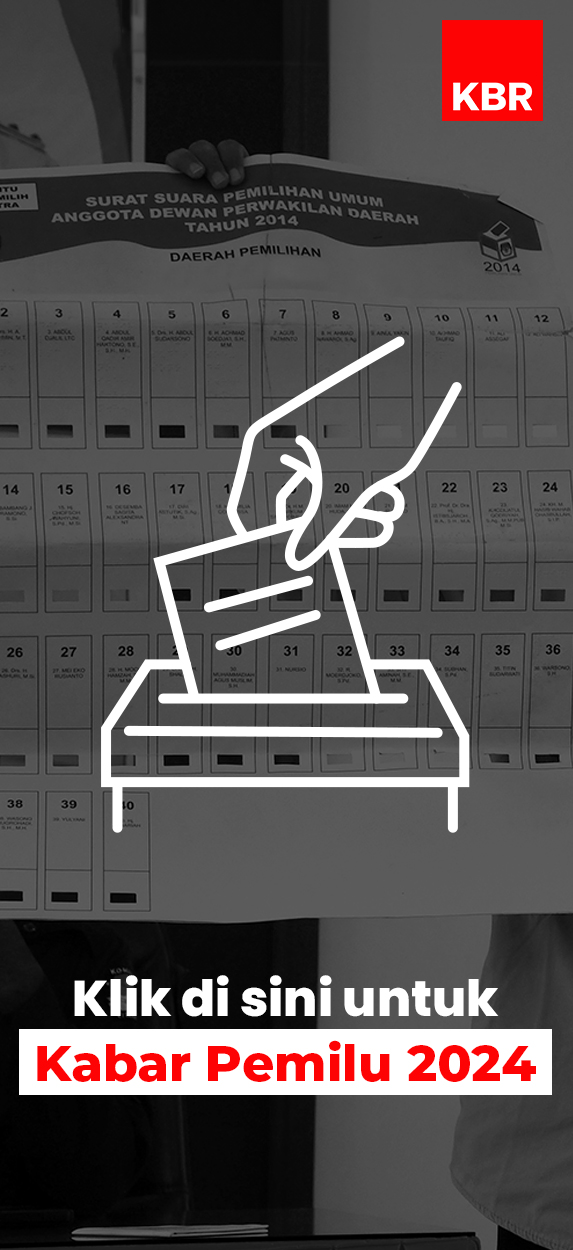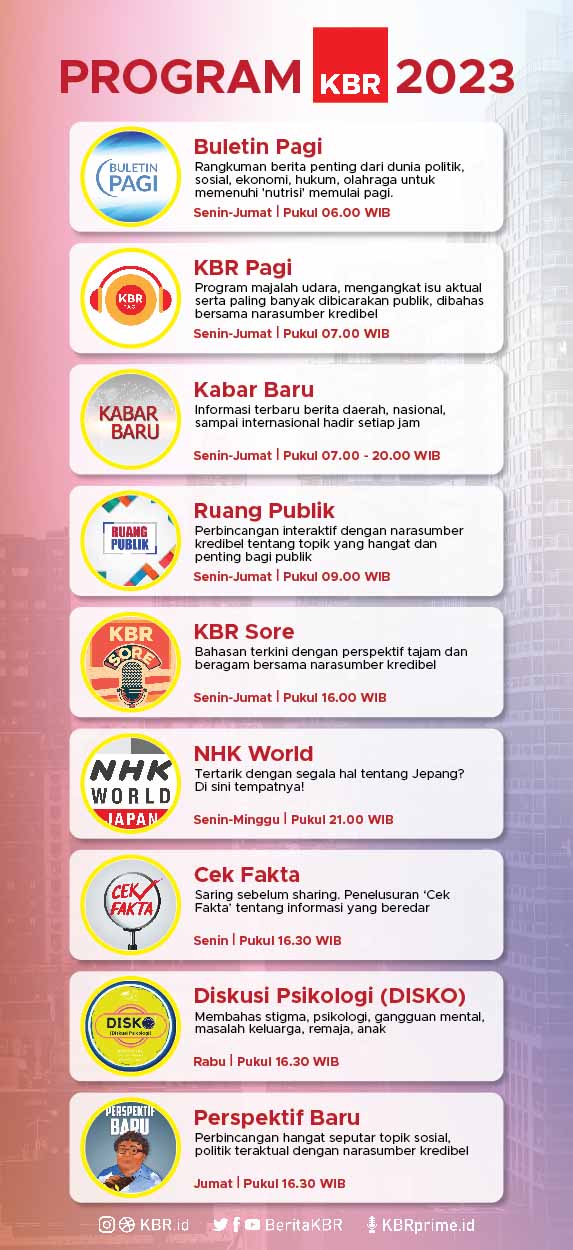Crossing the street is practically an art form in Vietnam. It’s the first thing tourists notice when they get here.
And learning how to get past all the motorbikes without a pedestrian crossing is a pretty major achievement.
But soon there could be a bit less chaos.
The government is introducing new measures to curb traffic – and all the pollution that comes with it.
Trinh Van Chinh, from the Ho Chi Minh City University of Transport, explains.
“In terms of development, first of all we have to develop pedestrian spaces so people can walk downtown. Secondly, development planning and public reforms have to be thoroughly researched. Thirdly, we have to encourage the use of electric cars in the city centers.”
Officials also plan to charge a fee to drive downtown and change some office and school hours.
The plan is to reduce pollution... even though the problem might not be as bad as in China.
Akira Hosomi is the Vietnam representative for the Japan International Consultants for Transportation.
“Even if the level of the air pollution shows the similar number with other cities, I can say the people in Vietnam tends to be [more] exposed to the air pollution because 80 to 90 percent are using motorbikes for their daily commute.”
And if people commuted at different times, then rush hour wouldn’t be so busy.
Here’s Chinh from the Transport University again.
“In my opinion, changing the school and office hours, especially to minimize congestion early in the morning is really necessary. Of course it’ll have a big effect on the daily life of citizens. But I’ve had the chance to go to a lot of countries in Asia and Europe, and I saw they all have similar solutions.”
Tens of thousands of Vietnamese die from road accidents every year. Many others suffer injuries or illnesses because of traffic problems.
Nguyen Nhu Thach Truc is president of RBX, a student environmental club.
“I used to ride a bike to school. I love riding bikes, that's how I like to exercise. But I stopped after a year because I got sick, I got asthma. I didn't wear a mask so I inhaled too much dust. I don’t ride my bike anymore because of the pollution and have switched to a motorbike.”
But with less pollution, people would be more likely to get back on their bikes.
One local Vietnamese, Do Quang Huy, said they would also be more likely to go for walks.
“If there were fewer cars downtown, especially on Nguyen Hue and Le Loi Street, then there wouldn’t be so many traffic jams and tourists could walk around more easily. For example, if you walk outside during rush hour now, there’s so much pollution and honking. People are really reluctant to cross the street, that’s what my friends told me when they visited Vietnam, that they were really scared.”
Huy says he would gladly give up his motorbike, if plans to build a new metro system ever go ahead.
Akira Hosomi is using the experience of Japan’s famous subways to help Vietnam build its own train system.
“To construct the metro system cannot solve everything, so the mixture of the policy is very important. If you provide the metro system but people keep using private vehicles, it’s difficult. So at that time, we’ll control private vehicles to promote people to use the public transport. But if you do it now without the infrastructure, people have no alternative, so people may complain.”
If Vietnam can reduce its pollution and traffic congestion, crossing the street might not be such an adventure anymore.... but at least it’ll be cleaner and safer.







